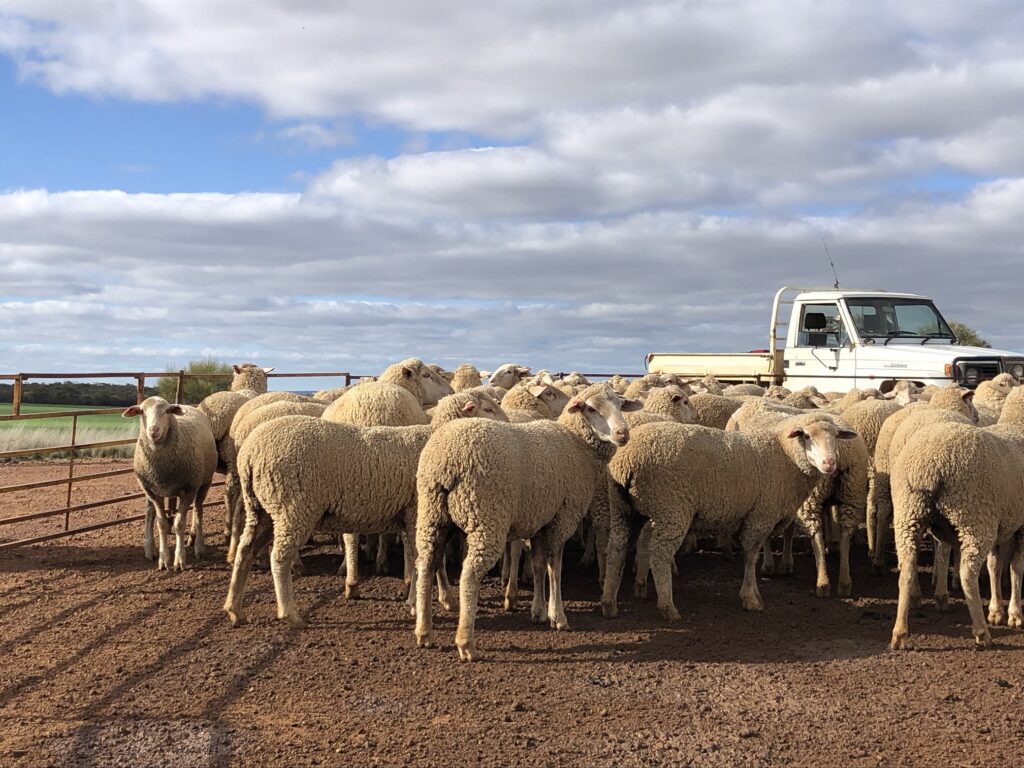$10 off on your first order.
We’ll send you the $10 OFF coupon as soon as you submit your email. Join now for instant savings!

Significant increases in worm burdens in sheep result in scouring, failure to thrive and weight loss. They also result in low live weight gains and poor wool growth rates, even before symptoms appear. Barber’s pole worm and liver fluke can also lead to blood loss and anaemia which can be seen in pale gums and eye rims, as well as under jaw swelling.
Luckily, worms can be managed using a few tools and strategies that give you the power to monitor and treat worms effectively if they’re causing issues on your farm.
One of the most powerful tools in your armoury are regular faecal worm egg count tests. These tests establish whether worm burdens in your flock actually warrant drenching, or whether the drench or combination drench that you’ve been using is effective, with drench resistance levels in WA now reaching some of the highest levels seen across the world.
FarmCo Moora is one of only five businesses in WA to offer the Parasight faecal worm egg counting service. The Parasight machine provides an Eggs Per Gram (EPG) count and an image of the eggs in only a matter of minutes, with these results emailed to farmers usually within a day. This service costs only $25, with farmers simply bringing in 10 samples from the mob in a zip lock bag or egg carton. If your EPG result is under 200, a drench is generally not required.
If worms are shown to be an issue after testing, an appropriate drench is administered. Combination drenches are recommended in most situations as they incorporate ingredients from different classes of chemical, allowing you to kill off worms more effectively. Sheep are then released on uncontaminated pasture to prevent them ingesting worm larvae which can survive for several months after being passed out of animals.
To ensure that worm burdens are under control, a follow up faecal egg count test is then undertaken 14 days after treatment to establish whether your drench has been fully effective. A fully effective drench is a drench that reduces the faecal worm egg count in your mob by 98%.
Other Tips
Information taken from WormBoss, and from the following DPIRD WA website articles: Sheep worms – Sustainable Summer-Autumn Worm Control, Sheep Worm Control in Western Australia, and Sheep worms – Testing for Drench Resistance and Effectiveness.
Join now for instant savings!
$10 off on your first order. Join now for instant savings!
We’ll send you the $10 OFF coupon as soon as you submit your email. Join now for instant savings!